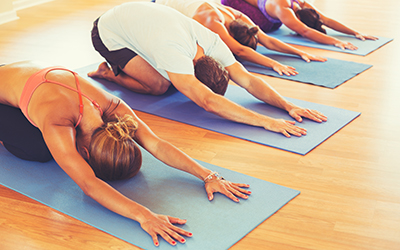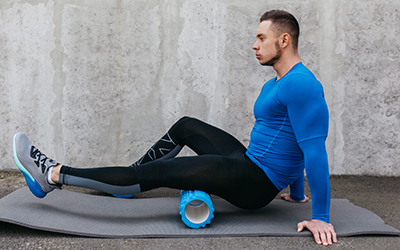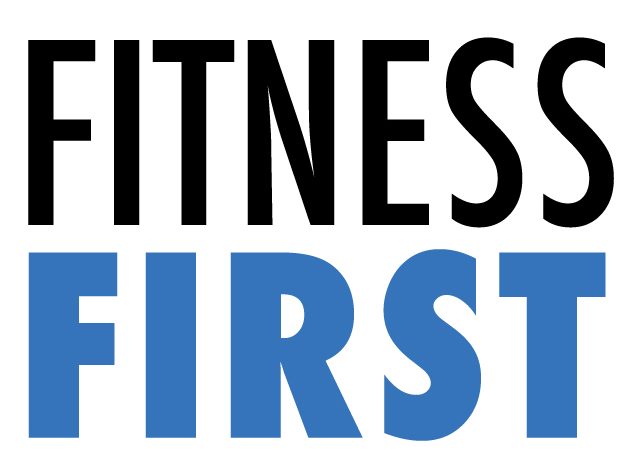
We hear a lot of talk about recovery, but it can be difficult to understand what that means. Why should you worry about recovery? How long should it last? And what exactly is recovery?
In today’s article, we hope to remove some of the mystery surrounding recovery so you can focus on getting the most from your training.
What does “Recovery” Mean?
In most cases, when people talk about “Recovery” in a training context, they mean recovery between training sessions.
The long term goal of any training session is progress and improvement. We aim to increase strength, speed, and stamina, or decrease our waist line. Unfortunately, the short-term effects of this kind of training include muscle tears and energy depletion.

To manage these short term effects, the stressed muscles must be rested. This is what we mean by recovery. We provide the muscles with time to repair and restore.
Recovery, in this sense, does not necessarily mean inactivity, though. While total rest may be a part of recovery (like when you’re sleeping), that is not our only option.
We can utilize active recovery between training sessions by engaging in low-intensity exercises, like a walk or an easy bike-ride. We can also promote recovery through cross-training, focusing on different muscle groups each day. In this way we can provide rest to the muscles that we focused on the day before, and stress a new set of muscles today.
The recovery period will vary for everyone depending on fitness level and exercise intensity. As a rule of thumb, though, you should anticipate resting a muscle group for 48 hours after an intense weight lifting session. And you should wait at least a day between HIIT sessions.
Why Should we Worry about Post-Workout Recovery

As we said, recovery allows your muscles to repair routine damage and replace depleted energy stores caused by intense exercise. If we ignore this repair and replenishment phase, we open ourselves up to a host of potential issues.
Overtraining and overuse injuries are the most common results of training with insufficient recovery. We also leave ourselves open to mental and physical fatigue, decreased immune response, or depression.
Not allowing for sufficient recovery also prevents our bodies from entering the Compensation Stage of the power workout response. This is the point where our body begins to improve on the muscles it has repaired in order to make them better able to respond to those same stresses in the future. Since progress and improve are integral elements of any training session, preventing your body from making any improvements negates many of the benefits of high-intensity exercise.
What Kinds of Activities Affect Recovery?

Sleep
Sleep is one of the most important and critical components of recovery. This is when most of the muscle rebuilding takes place. This is also the time when the body releases hormones, like growth hormone, to aid in the creation of new muscle fibers.
Make sure that you get a full, restful night of sleep after a high intensity workout.
Stretching
The American College of Sports Medicine recommends engaging in static stretches two to three times per week. Each stretch should be held for at least 30 seconds. Make sure to only stretch after a good warm-up or at the end of your workout. You can use yoga straps or resistance bands to increase the depth of the stretch if you need to.
Stretching helps to increase muscle mobility, which, in turn, improves blood flow to the muscles. Increased blood flow improves the delivery of oxygen and nutrients to the affected areas while removing waste products like lactates.

Active Recovery
From stretching we move to what is called “Active Recovery”. Active Recovery entails low-intensity exercise that incorporates the same muscle groups that the previous day’s workout targeted. This ensures blood flow to the muscles, helping speed up the recovery activities.
A lot of people engage in light step aerobics, walking, or cycling to get the blood flowing during recovery periods.
Foam Rolling
Foam rolling is a type of myofascial release (which includes massage and compression therapy) that manipulates the muscular layer in order to stretch the muscles and remove adhesions. Though more recent science has suggested that foam rolling actually triggers a more global, neurological response that causes improvement.
Either way, foam rolling works. Studies have shown that when we apply the roller to a particular muscle group twice for 60 seconds, muscle soreness is reduced for up to three days after exercise, range of motion is increased, and physical performance is improved.

Nutrition
The recovery period depends on quality materials being on hand to replace lost energy stores and rebuild muscles. So making sure to consume a meal high in protein directly after your exercise will benefit. But over the long term, make sure to consume a well-balanced diet that prioritizes whole foods.
There are lots of factors that go into understanding recovery. But what you need to know is that your muscles need time to recuperate after intense exercise. What’s more, they need time to rebuild, stronger than before, or you’ll never see gains from your work out session.

